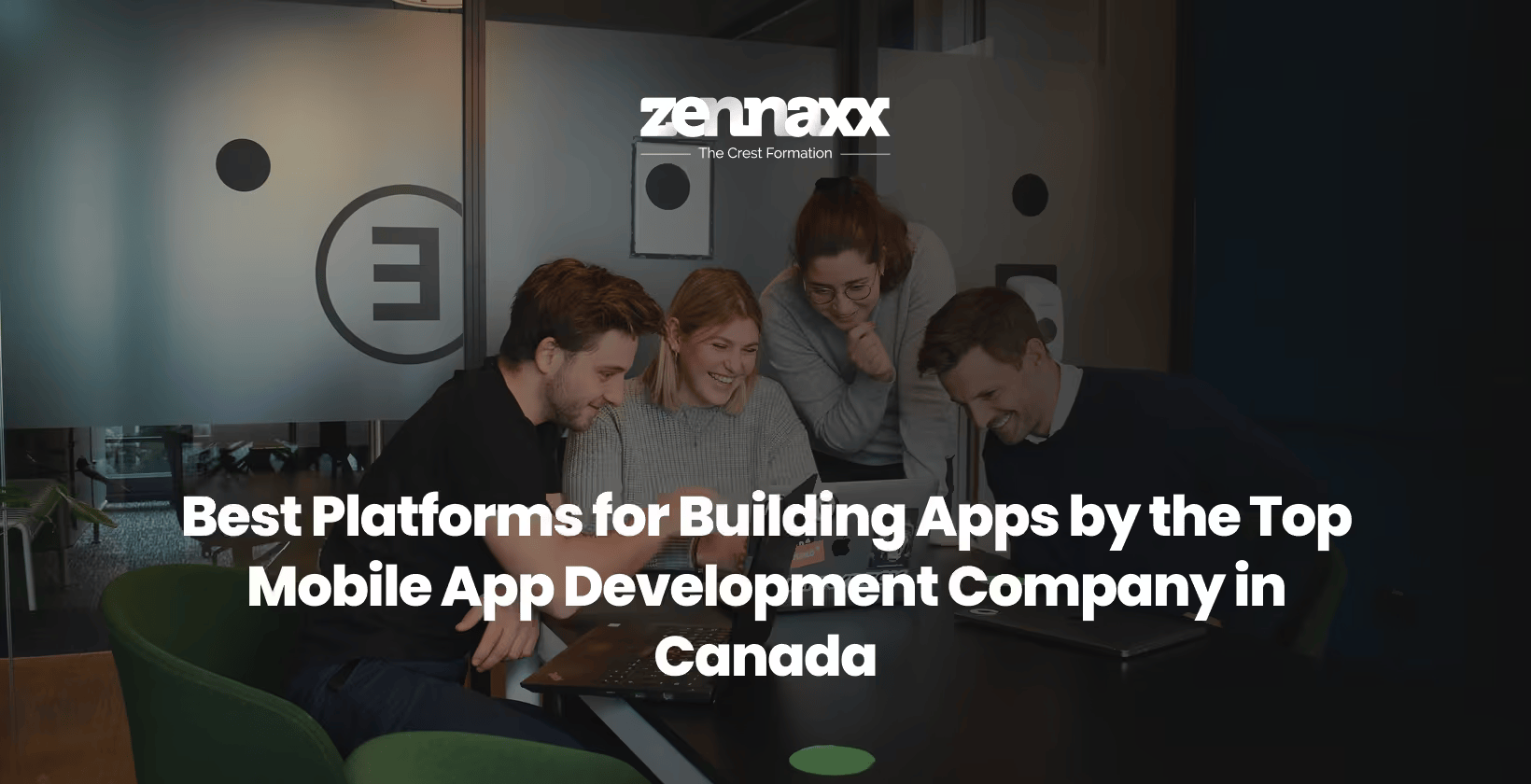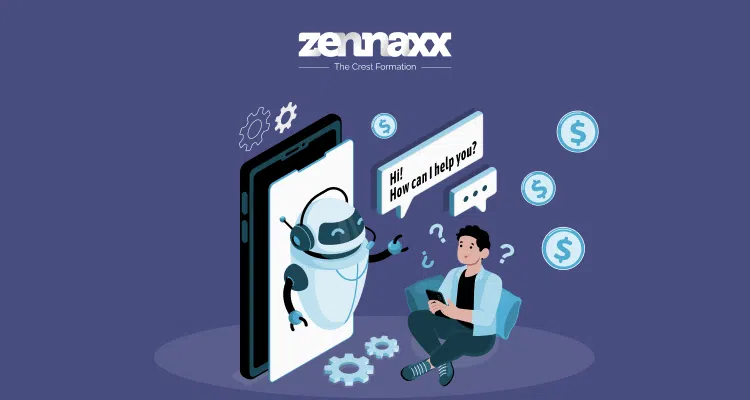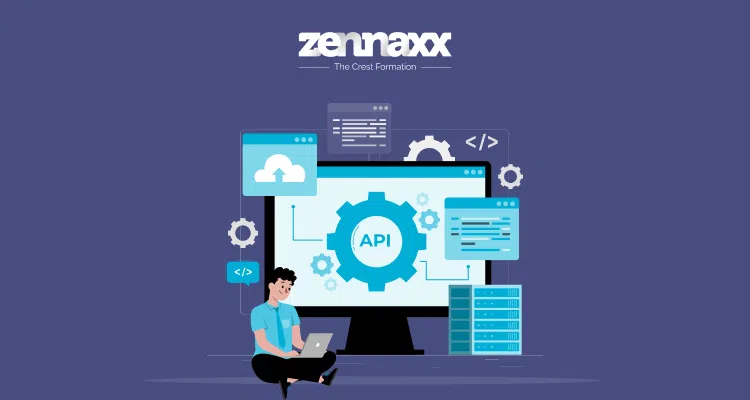
What Is an API? Why Is It Important?
Imagine you have an app for food delivery that lets people look at restaurant menus, place orders, and track when their food will arrive. You are thinking of ways to improve your app and make it more user-friendly so users can pay for their orders. You can only provide your consumers with a hassle-free payment experience by integrating the payment gateway API. So, right there, it is how API helps!
Importance of API Development
1. API development brings efficiency to developing applications
APIs streamline the process of data exchange and overall integration functionality. It makes it easier and quicker for developers to build applications. Developers can avoid writing complex codes from scratch and leverage the existing APIs to enable the desired features, saving time and effort. Building the features from scratch will take longer without API integration and will save time.
2. Flexibility and Innovation
APIs bring a new possibility of innovation in developing user-friendly applications. It enables developers to integrate multiple types of applications with their service platform to produce the desired output. Overall, adding several features creates a robust system for companies to provide the best user experience with an easy-going application flow.
3. Provide the best user experience
APIs enhance the overall user experience by easily integrating with the tools to develop one application. One of the best daily examples we are all aware of is signing up for a new application using social media credentials. It is one of the most straightforward and fuss-free processes for new users. It saves time and effort and helps finish the signing-in process quickly.
4. Application Scalability
5. Highly secure process
Detail Terminologies Of API Development
A
1. API access: The ability and allowance to interact with an API enables the client to request data to create and update resources for execution.
2. API authentication: Identifying the user or system to request an API ensures that only authorized users can access the API.
4. API collaboration: Overall process of working with multiple stakeholders to design, develop, and manage APIs that help create and fulfil the business goals.
15. API portal: It is a centralized hub that helps give information about APIs, including documentation, informative guidelines, and overall tools for developers interacting with them.
B
1. Burp Suite: It helps users modify requests and responses in transit for the penetration of testing web applicants.
C
1. CI/CD: CI stands for continuous integration. CD stands for Continuous Deployment. Both are practices that help automate the code integration and its deployment process. It will help in software development efficiency.
D
1. DELETE HTTP method that removes a resource from a server.
3. DevOps is a set of practices combining development operations for collaboration and software delivery efficiency.
4. DevSecOps: Security integration practices into DevOps processes for security are considered at each development cycle.
E
F
G
J
M
O
P
R
S
W
X
Z
How Does API Development Work?
Step 1: API Request
Example: Imagine you’re using a weather app and want to know the current temperature in New York. The app sends an HTTP request to a weather API endpoint with the necessary details, such as the location (New York) and the desired data (current temperature).
Step 2: Processing Request
Example: Continuing with the weather app, the server might query a database or another service to retrieve the latest weather data for New York.
Step 3: API Response
Step 4: Displaying Data
Step 5: Updating Status
A Practical Example: Ordering a Pizza
To make this clearer, let’s imagine you’re ordering a pizza through an online food delivery app.
What Do We Understand from This?
- Client: The food delivery app acts as the client, sending your order details.
- Server: The restaurant’s server processes the order and manages the backend operations.
- API: The API facilitates the communication between the app (client) and the restaurant (server), ensuring the order is placed, processed, and updated.
Essential Tools for API Development
- Postman: For testing and documenting APIs.
- Swagger: For designing, building, and documenting APIs.
- Insomnia: A powerful HTTP client for testing RESTful APIs.
- Apigee: A full lifecycle API management platform.
- Express.js: For building RESTful web services with Node.js.
Ready to elevate your application with powerful, seamless integrations?
Develop your next-gen API with us and unlock endless possibilities. Contact us today to get started!
Top 5 Pro Tools For API Development
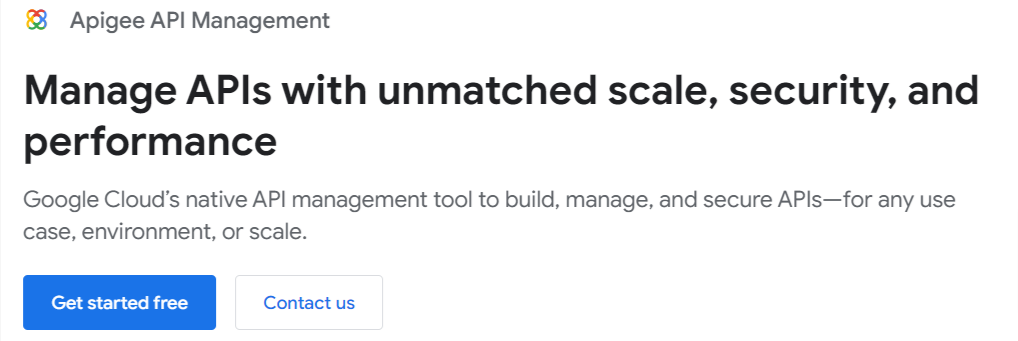
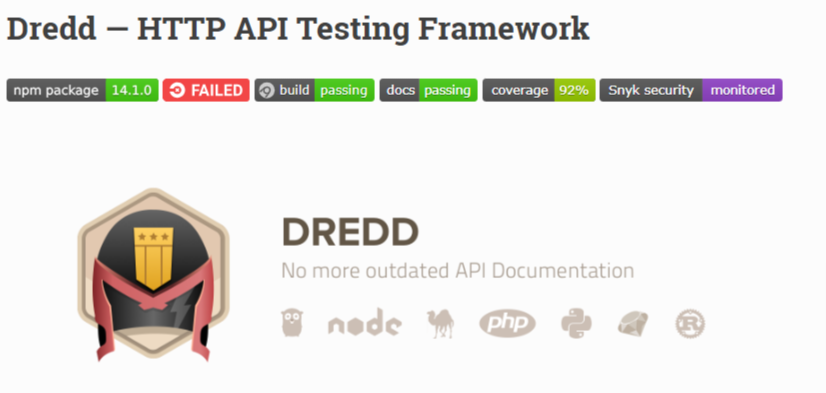
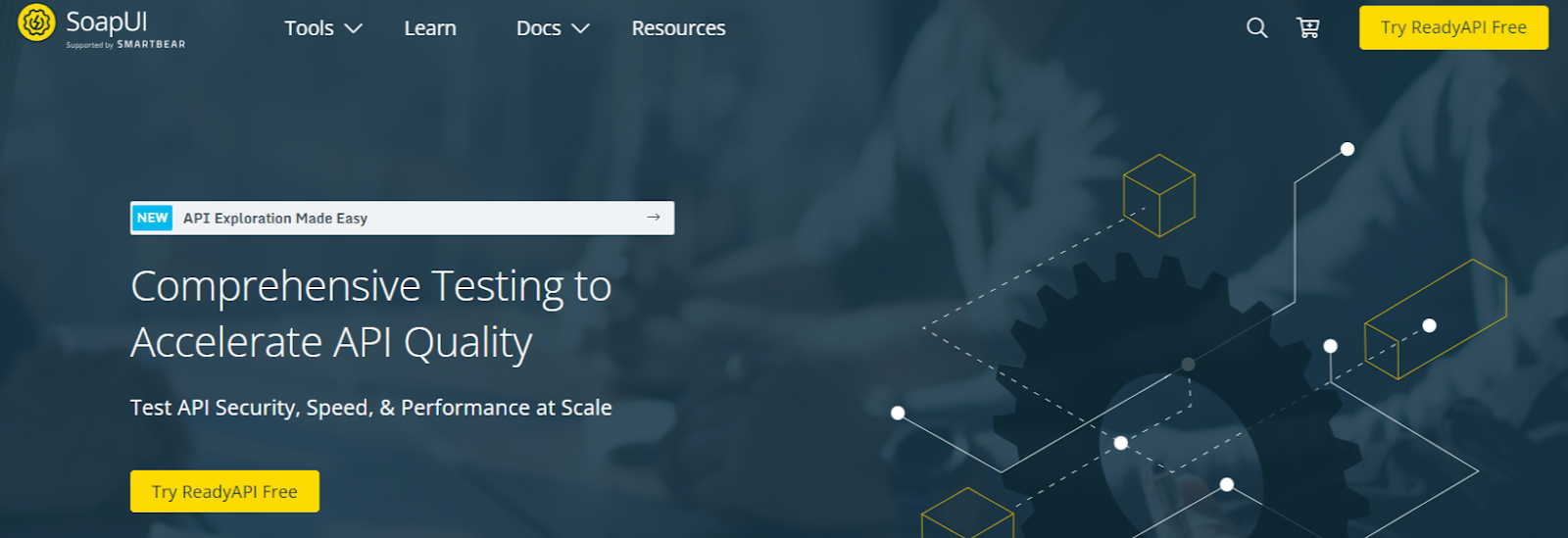
SoapUI helps in API testing, which allows developers and testers to easily validate with the various testing processes such as REST, SOAP, and GraphQL APIs. It helps in providing the overall comprehensive set of multiple features that help with testing functions, overall performance testing, and security testing. With SoapUI, developers or testers can easily automate the overall API process because it provides high-quality API implementation. This tool is suitable for both an individual and an entire team.

5 Must-Have Features Of An Efficient API Development and Design
A good API is necessary for different software systems to work together and talk to each other without problems. Consider these five important factors for effective API design and development:
An API should be flexible and easy to update and maintain. This includes having detailed and up-to-date documentation to facilitate easy implementation. The API should be designed to accommodate changes and evolve without causing disruptions. For example, versioning your API can help manage changes. It ensures backward compatibility. This allows developers to keep using older versions while transitioning to new ones.
Want to Automate Your Business Process With a Software Solution?
Zennaxx, a leading software development firm in Canada, has delivered 700+ bespoke solutions spanning various industries.
Best Practices For Building The Right API
- GET: Retrieve data (e.g., GET /api/books).
- POST: Create new resources (e.g., POST /api/books).
- PUT: Update existing resources (e.g., PUT /api/books/{id}).
- PATCH: Make partial updates (e.g., PATCH /api/books/{id}).
- DELETE: Remove resources (e.g., DELETE /api/books/{id}).
The API will work as expected and follow standard practices if these methods are used correctly.
A big part of managing REST API responses is making sure you use the right HTTP status codes to let other people know how an operation went:
- 200 OK: Successful request.
- 201 Created: Successful creation of a resource.
- 400 Bad Request: Client-side error.
- 401 Unauthorized: Authentication required.
- 403 Forbidden: Insufficient permissions.
- 404 Not Found: Resource not found.
- 500 Internal Server Error: Server-side error.
- Path Parameters: Used for specific resources (e.g., /api/books/{id}).
- Query Parameters: Used for filtering or sorting data (e.g., /api/books?category=fiction).
Such things as the total cost of developing the API, the number of endpoints, the total amount of data, and other security needs affect the range. Businesses can benefit greatly from APIs because they streamline and simplify their operations. If a company knows what features an API must have, we can estimate how much it will cost to create that feature. Businesses can get a basic cost of the approximate expense of an API by discussing an AIP development company.
Conclusion
When businesses always look for faster and better ways to do things, API development changes everything. It quickly helps two applications interact with each other, improves the user experience, makes things safer, and lets you be flexible and expand.
